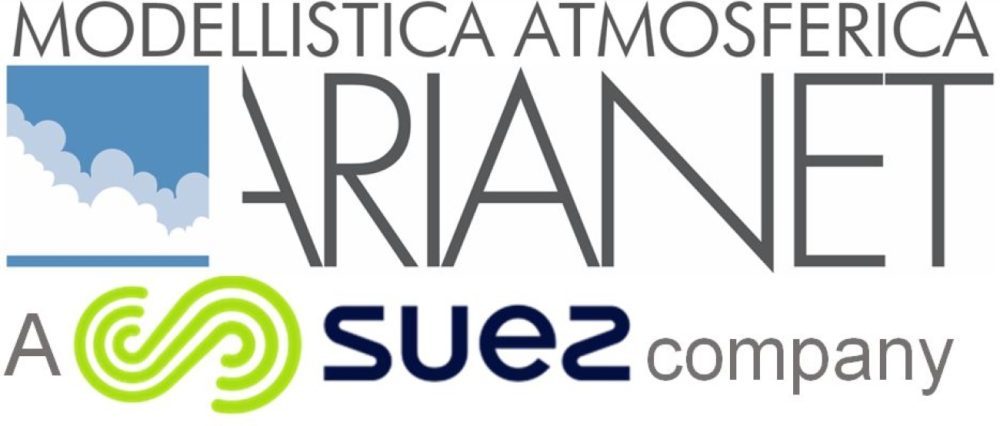Puff models have been known and adopted worldwide for many years, including for regulatory purposes, while particle models represent a newer approach and have gained increasing credibility over the past two decades. Understanding the characteristics of these two approaches allows for informed choices between them, depending on the context of application. This involves weighing a more advanced modeling tool that requires greater expertise and resources against a more established, albeit less accurate, option.
The article “Comparison between Puff and Lagrangian Particle Dispersion Models at a Complex and Coastal Site,” recently published in Atmosphere, presents a comparison between a puff dispersion model (CALPUFF) and a Lagrangian particle model (SPRAY) applied in a real coastal setting with very complex terrain. A particle model, due to its more advanced theoretical formulation, proves to be more suitable for reproducing phenomena affecting the long-term impact of elevated point sources on complex terrain not immediately adjacent to facilities, as well as the interaction of ground-level sources with complex terrain (such as confinements, channeling, and wind shear). The comparison highlights that puff models have certain weaknesses and do not always meet the “over-approximation” criterion required by the US-EPA for models recommended for regulatory purposes.
Abstract: Link to Abstract
PDF Version: Link to PDF
